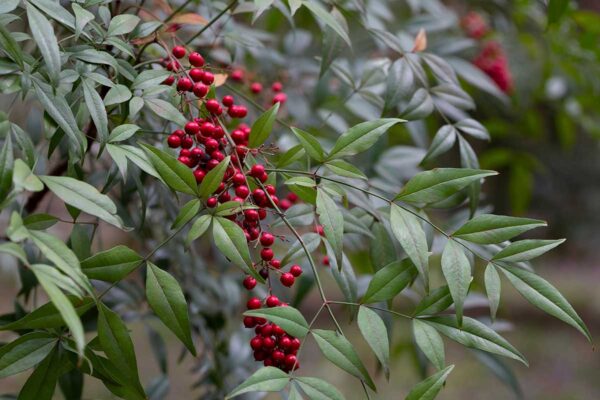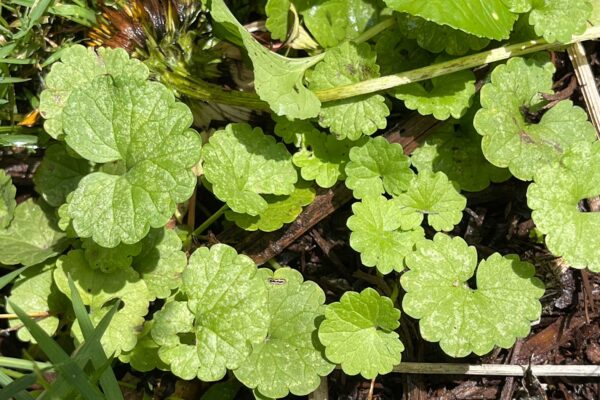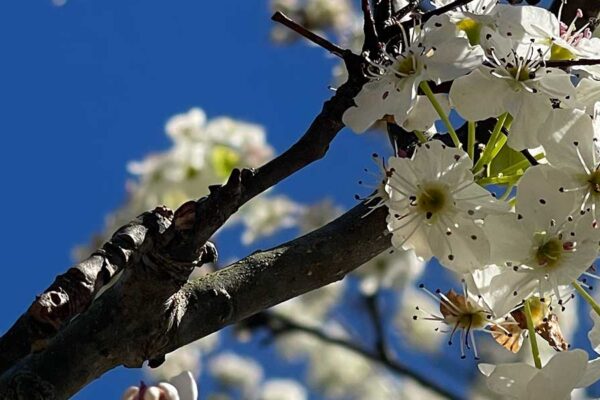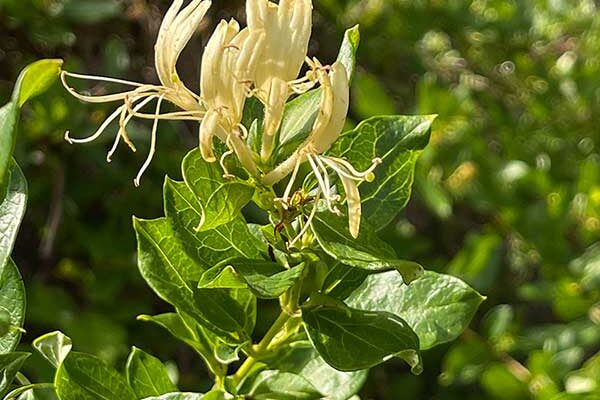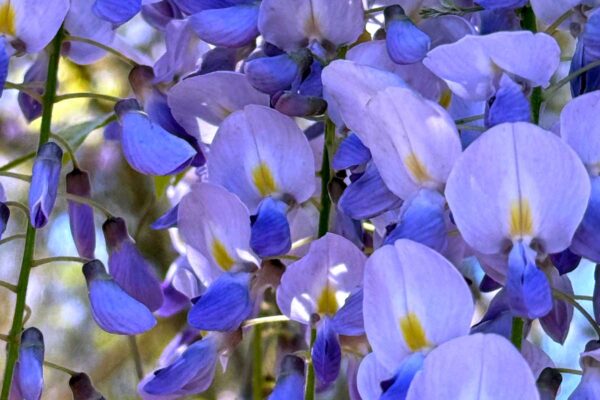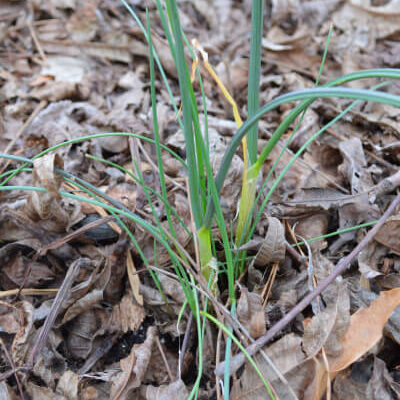Have you ever found a plant in a garden center that caught your eye, then planted it in your garden, only to have it start taking over? It can be quite the surprise! Many popular ornamental plants are actually invasive species that spread quickly and can disrupt local ecosystems. But don’t worry! This short guide will help you identify some of …
Continue Reading about 10 Common Garden Plants You Might Not Know Are Invasive

